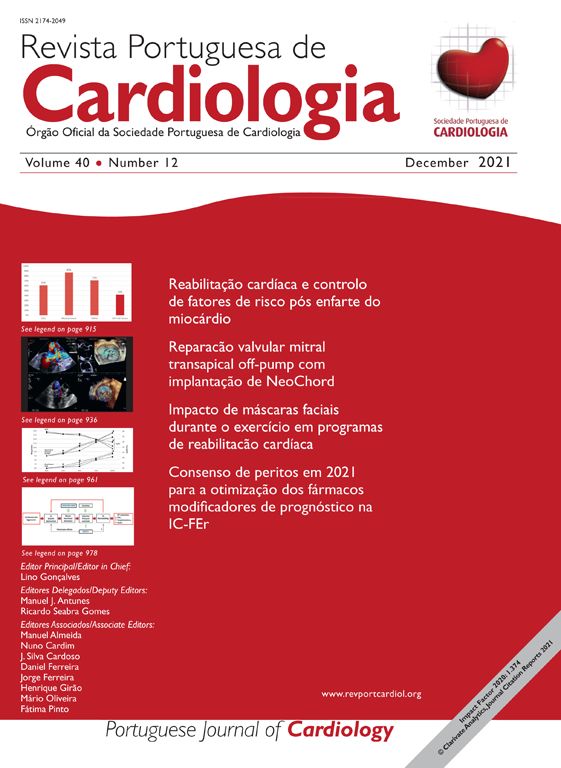The number of complications from cardiac device implantation is low. The most common are related to the materials used (leads, generators) or the procedural technique (hematoma, pneumothorax) or a combination of both (perforation, infection).
Less-commonly described complications are related to local anesthetic systemic toxicity.
In this issue of the Portuguese Journal of Cardiology, the authors present a well-documented case of local anesthetic (LA) systemic toxicity and rescue.1 We certainly can learn substantially from medical complications. The authors are to be praised for the methodical stepwise description of the clinical situation and thorough revision of the topic.
The most critical learning points regarding this case report and local anesthetic systemic toxicity are the importance of (1) prevention, (2) early detection and (3) management.
- (1)
Prevention – There is a dose of LA beyond which the risk of toxicity is higher. For example, if adrenaline is not used, the maximum safe dose for lidocaine is around 4.5 mg/kg. The limit for a 70 kg patient is thus 315 mg of lidocaine; a 1% 20 mL lidocaine vial contains 200 mg. The anesthetic dose is crucial – but it also should be noted that it is not a fixed value. Factors that increase the likelihood of complications because the toxic dose is lower include age, low weight, and cardiac failure. Many of these conditions are present in patients who undergo cardiac device implants.2 Optimal anesthetic injection technique should also be applied – this includes aspiration before injection to decrease the likelihood of direct intravenous infusion, injecting small doses, and waiting 30 seconds after each injection. Other anesthesia techniques have been proposed that theoretically decrease the risk of this complication. In different settings, a mixture of more than one anesthetic has been used – typically a short-acting drug (e.g., lidocaine) and a long-acting one (e.g., bupivacaine). The potential advantage would be to provide fast-onset analgesia and an increase in the safety margin for the toxicity of both agents (by using smaller doses of both drugs). Still, it is also argued that little is known about the kinetics and dynamics of a mixture of agents, and toxicity reports have also been published.3
- (2)
Early detection – semiology can be very subtle initially. It can start with discomfort, agitation, and tinnitus, rapidly progressing to more severe neurologic damage. It can also lead to hemodynamic instability, respiratory failure and arrhythmias. Without prompt treatment, the situation can even lead to death in its more severe form.
- (3)
Treatment includes interrupting anesthetic injection, providing cardiac and respiratory support, and administering 20% intravenous lipid emulsion infusion.
A final message is that all implanting centers should educate operators on the use of LA and the possibility of this rare complication. They should establish a protocol with anesthesiology departments for LA systemic toxicity management, not forgetting that lipid emulsion therapy needs to be readily available.
Conflicts of interestThe authors have no conflicts of interest to declare.





